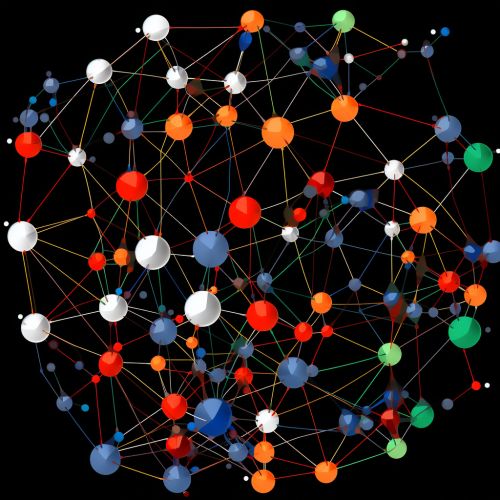Kaspa Cryptocurrency
Overview
Kaspa is a decentralized cryptocurrency that operates on a novel blockchain technology, known as the DAGchain. The DAGchain, or Directed Acyclic Graph chain, is a unique type of data structure that allows for faster transaction processing times and increased scalability compared to traditional blockchain technologies. Kaspa was developed with the aim of overcoming the limitations of existing cryptocurrencies, such as Bitcoin and Ethereum, which often face issues related to scalability, transaction speed, and energy consumption.


History
Kaspa was launched in 2021 by a team of experienced developers and blockchain enthusiasts. The project was initiated as a response to the growing need for a more efficient and scalable cryptocurrency that could handle a large number of transactions without compromising on speed or security. The team behind Kaspa believed that the existing blockchain technologies were not able to meet these requirements, leading to the development of the DAGchain technology.


Technology
The underlying technology of Kaspa, the DAGchain, is a directed acyclic graph that allows for multiple blocks to be added to the chain simultaneously. This is a significant departure from traditional blockchain technology, where blocks are added sequentially. The DAGchain technology enables faster transaction processing times and greater scalability, making Kaspa a suitable cryptocurrency for large-scale applications.


Transaction Processing
In the Kaspa network, transactions are processed using a consensus algorithm known as Proof of Work. However, unlike other PoW-based cryptocurrencies, Kaspa's PoW algorithm allows for multiple blocks to be mined simultaneously. This results in a higher transaction throughput and faster transaction confirmation times.
Scalability
One of the key advantages of Kaspa's DAGchain technology is its scalability. As the number of transactions increases, the DAGchain can accommodate them without any significant impact on the transaction processing speed. This makes Kaspa a highly scalable cryptocurrency, capable of handling a large volume of transactions.
Security
Kaspa employs advanced cryptographic techniques to ensure the security of transactions. The use of PoW consensus algorithm also adds to the security of the network, as it requires a significant amount of computational power to carry out a successful attack.
Adoption and Use Cases
Kaspa's unique technology and features make it suitable for a variety of use cases. It can be used for peer-to-peer transactions, similar to other cryptocurrencies. However, its high scalability and fast transaction processing times also make it suitable for large-scale applications, such as payment processing and data storage.


Future Developments
The team behind Kaspa is continuously working on improving the technology and expanding its use cases. Future developments may include enhancements to the DAGchain technology, further improvements in scalability and transaction speed, and the introduction of new features to meet the evolving needs of users.


